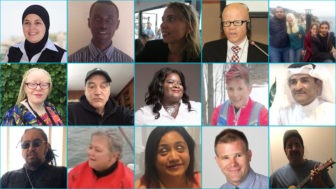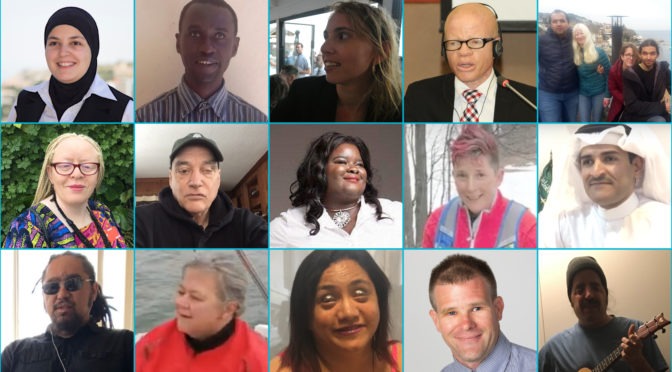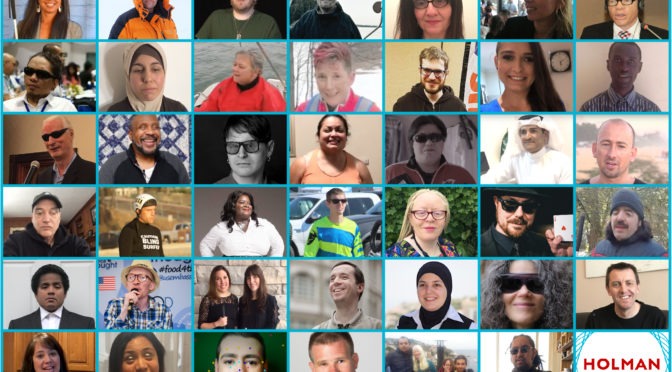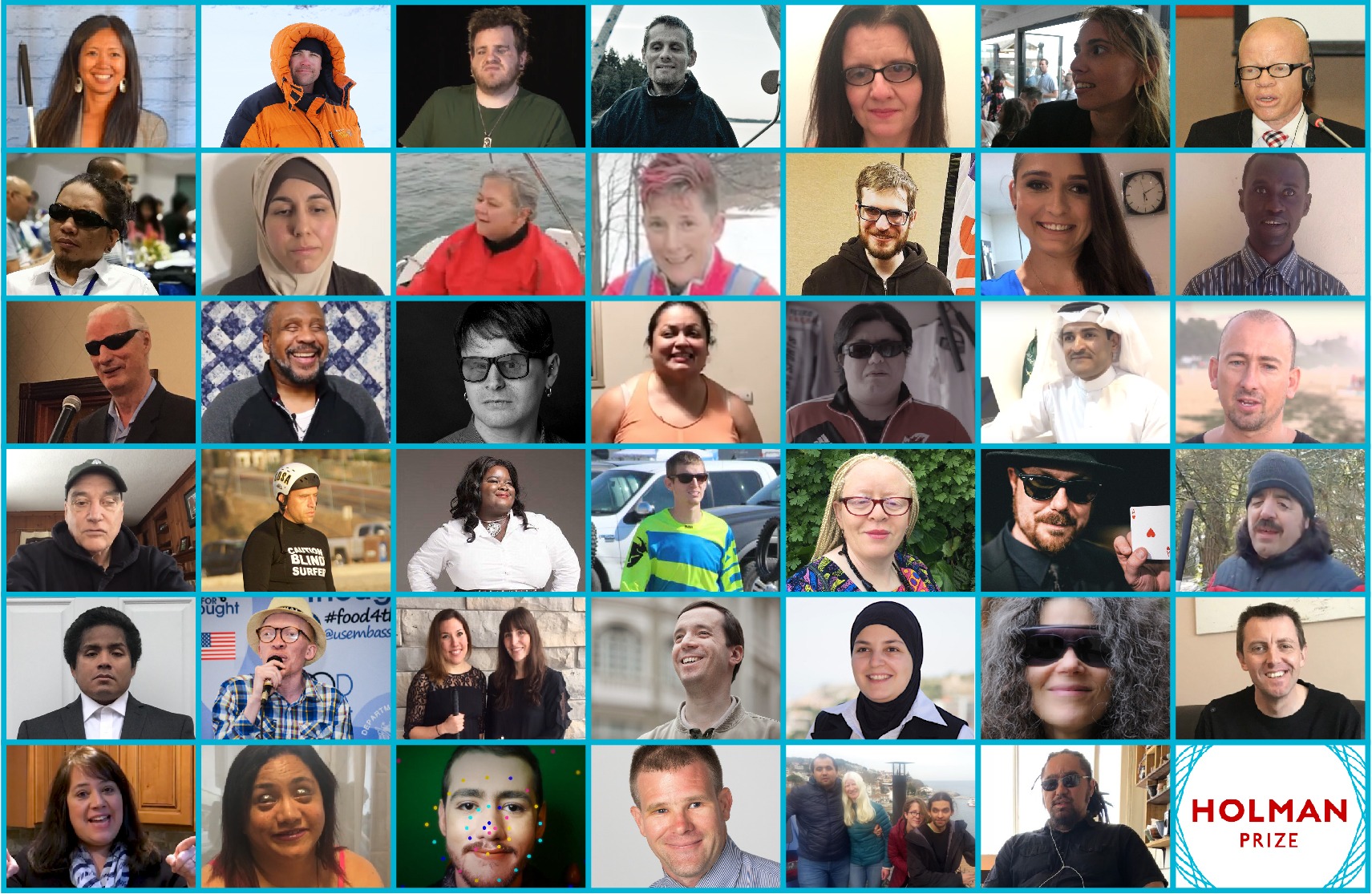
The Holman Prize for Blind Ambition, a set of annual awards of up to $25,000 each for legally blind individuals with big ideas, is proud to announce its 2019 finalists. We received 111 applications from six continents, and narrowed down the field to 41 semifinalists. The semifinalists’ proposed projects were incredible, and highlight advocates, artists, athletes, entrepreneurs, and more; that made it a tall order to narrow it down to just fifteen finalists.
This week, we’re proud to announce our elite group of fifteen finalists, including a “People’s Choice” finalist who we honor for receiving the highest number of YouTube ‘likes’ for his ambitious idea. These finalists will all be in the running to make their ambitions a reality when our Holman Committee meets in San Francisco this June.
The fifteen finalists include an activist, a pole dancer, a bird expert, a snowboarder, a few sailors and more. Over the next month, we hope you’ll sound off on which Holman Prize candidate you want to see take their ambitions on the road. Feel free to tag Holman Prize on Twitter, Instagram and head to the LightHouse’s Facebook page for more updates.
Meet the 2019 Finalists
Abdullah Aljuaid (People’s Choice)
Abdullah is interested in e-commerce. With the Holman Prize, he would create a global consultation app for blind people to find information on learning, mobility, fitness and e-commerce.
Krystle Allen
Krystle, who once advocated for people with disabilities in Tokyo, would use the Holman Prize to pay for fifteen blind women to participate in the Miss Blind Diva Empowerment Fellowship Program. This is a sixteen-week program that provides personal and professional development and ends with the Miss Blind Diva Empowerment Pageant.
Trevor Attenberg
Trevor loves science and the outdoors. With the Holman Prize, he would travel and teach blind people to identify birds by sound and explore other natural soundscapes.
Natalie Devora
Natalie is an author and activist. With the Holman Prize, she would travel and collect stories from people of color with albinism around the world and share these stories in an anthology and documentary.
Yuma Decaux
Yuma loves hiking and surfing. With the Holman Prize, he would build an online community to make astronomy more accessible to blind people, with the hopes of a blind person discovering an exoplanet.
Deniz, Yunus, Utku and Mina
Deniz, Yunus, Utku and Mina are from Turkey. With the Holman Prize, they would take the Trans-Siberian Express from Moscow to Beijing and create a documentary about it to inspire blind children to travel independently.
Pauline Dowell
Pauline and her guide dog live on a sailboat on the Boston Harbor. She would use the Holman Prize to form an all-female crew of blind sailors to compete in the 2020 Newport to Bermuda Race, which goes from Newport, Rhode Island to the island of Bermuda.
Stephanie Campbell
Stephanie is a newlywed whose wedding received media coverage when she requested her guests wear blindfolds during the vows. With the Holman Prize, Stephanie would film the pilot for a sensory travel show, that explores destinations non-visually through the senses of sound, smell, touch and taste. She would then shop this pilot to television executives with hopes for a series pickup.
Dennis Gallant
Dennis worked as a teacher ranger with the National Park service. With the Holman Prize, he would create a podcast to highlight the specific sounds from various national park locations, which would help blind people learn about the natural world in an accessible way.
Alieu Jaiteh
Alieu is the founder of Start Now, a training program for blind people in The Gambia. With the Holman Prize, he would provide eighty blind people with rehabilitation training in rural Gambia.
Lisamaria Martinez
Lisamaria has been active in sports all her life. Recently, she’s discovered pole dance. With the Holman Prize, she would use workshops, training and audio description to make pole dance accessible to blind people across the United States.
Bonface Massah
Bonface is a human rights activist. With the Holman Prize, he would create parent circles, so parents could discuss how to raise children with albinism and change the perception of children with albinism in Malawi.
Mona Minkara
Mona is working on postdoctoral research in computational chemistry. With the Holman Prize, she would film a documentary series called Planes, Trains and Canes, where she would navigate and access the public transportation systems of five cities around the world.
Kris Scheppe
Kris is the North American representative for Blind Sailing International and would use the Holman Prize to form a crew of blind sailors to complete in the Race to Alaska, a 750-mile race from Port Townsend, Washington to Ketchikan, Alaska.
Pamela Thistle
Pamela, an extreme sports enthusiast, enjoys many sports but her favorites are mountain biking and snowboarding. She would use the Holman Prize to train to heli-snowboard off the mountains of Whistler, British Columbia, Canada.



